With Monsters University about to
hit theaters, we thought we'd take a look back at one of the greatest,
if still horribly under-praised, artforms of the past century:
animation. From Steamboat Willie and Snow White and the Seven Dwarfs
to latter day Pixar classics, animation has constantly evolved,
breaking technological barriers along the way, and delighted kids and
adults alike. Check out our gallery of 12 Animation Milestones.
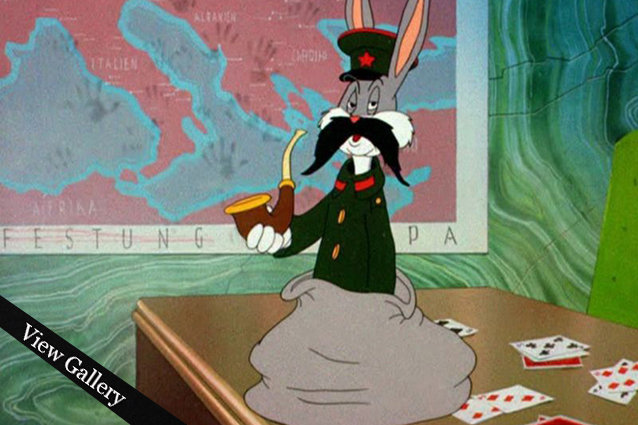
Warner Bros. Cartoons
Gertie the Dinosaur
Animation is practically as old
as cinema itself. Not long after the Lumiere brothers showed what are
considered to be the first movies in 1895, pioneering animators
recognized that you can simulate movement by drawing and painting
directly on celluloid...and eventually, that you can photograph drawings
on paper to create a cinematic flipbook. Early animators quickly
discovered the medium's capacity for creating memorable characters, like
in 1914's Gertie the Dinosaur.
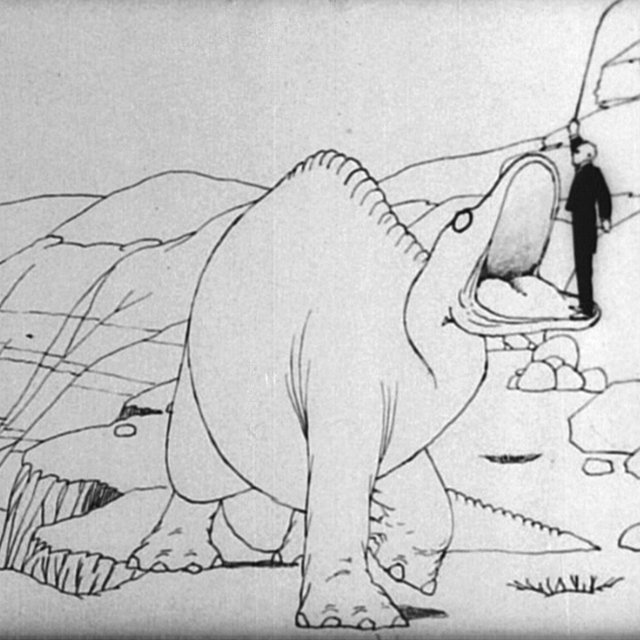
Steamboat Willie
Walt Disney recognized that
animation could not only produce memorable characters, it could create
characters as beloved as any real life movie stars. He'd already scored
in the early '20s with Oswald the Lucky Rabbit, but it was Mickey Mouse
who changed everything — and became a 20th century icon. The first
Mickey Mouse cartoon released in theaters, Steamboat Willie, was also the first animation with sync sound, making it the ink-and-paper equivalent of The Jazz Singer.
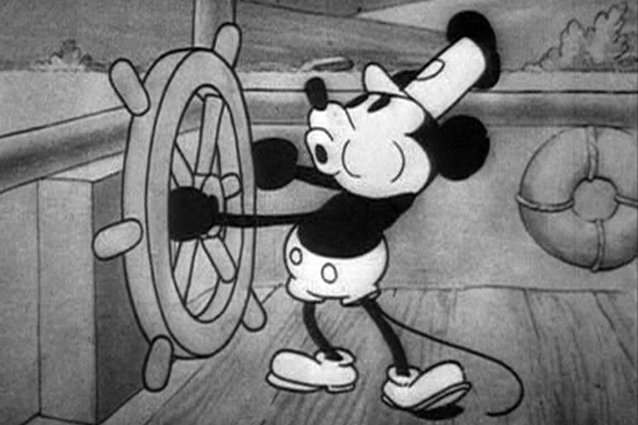
First Feature-Length Animation?
Believe it or not, there
actually were feature-length animated films produced before 1937's Snow White and the Seven Dwarfs, like the 1926 German film The Adventures of Prince Achmed and several features, now lost, from Argentina. But Disney's Snow White proved feature-length animation's blockbuster potential — and capacity for being great art.
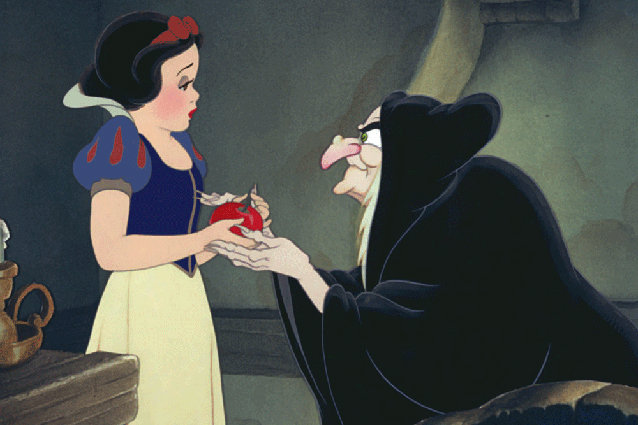
Mixing Animation and Live Action
Walt Disney had already blended
animation and live action in the 1920s in a series of cartoons called Alice's Wonderland, but in the '40s he pushed it much further than he ever had before. 1944's The Three Caballeros had Donald Duck sing and dance with flesh-and-blood Aurora Miranda — sister of Carmen — setting the stage for Mary Poppins, Who Framed Roger Rabbit, and Enchanted.
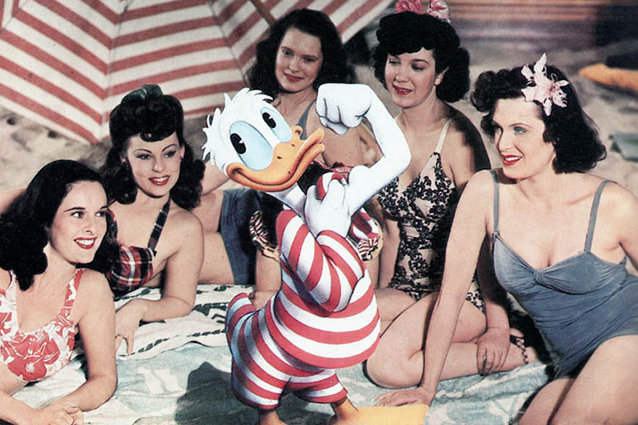
Animation Goes to War
Animation had always been
associated primarily with a kid audience, but studios like Disney and
Warner Bros. recognized quickly adults' appetite for cartoons as well.
So they reflected grown-up anxieties about World War II in shorts like
Warner Bros.' Herr Meets Hare in which Bugs Bunny terrifies the Nazis by dressing up as Joseph Stalin.
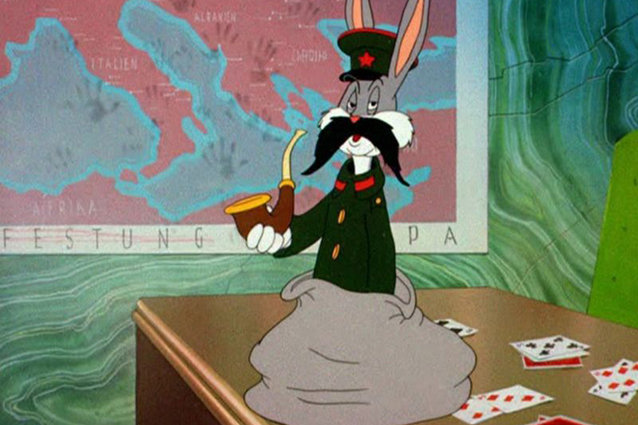
Animation Gets Abstract and Surreal
As the adult audience for
animation grew, animators started to feel they could take more risks.
Disney's Fantasia in 1940 synchronized abstract images to classical music, while Warner Bros. got reflexive and self-aware. Their Duck Amuck
(1954) included the animator as a character in the drama — a character
tormenting poor Daffy Duck while also showing that practically anything
is possible in animation.
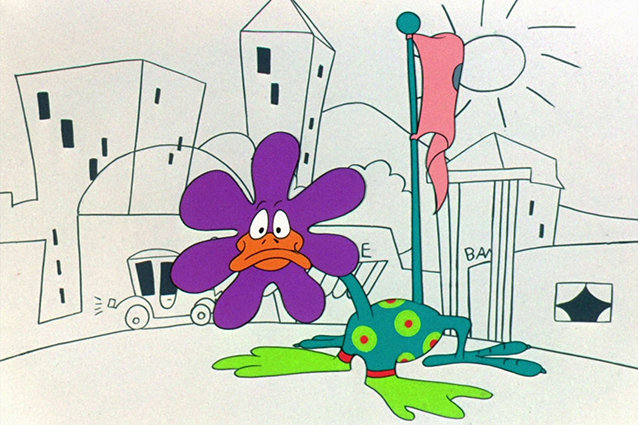
The Rise of TV Animation
Hanna-Barbera Productions led
the charge to bring animation to TV, with wildly successful shows like
'The Flintstones,' 'The Jetsons,' 'Scooby-Doo,' 'Yogi Bear,' and 'The
Smurfs.' These series may not have been innovative, but they were
certainly beloved.
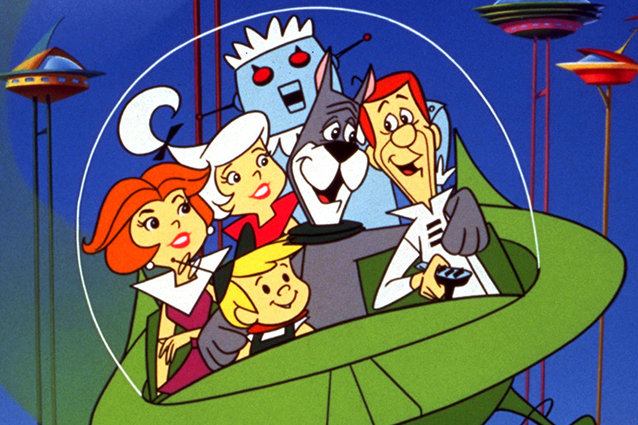
Animation for Adults Only?
Ralph Bakshi recognized the adult audience for animation and decided to make a film only for adults. The MPAA slapped an X rating on his Fritz the Cat
for its depiction of the very, very randy character created by R.
Crumb. It went on to gross $190 million worldwide, making it the most
successful independently-produced animated feature of all time.
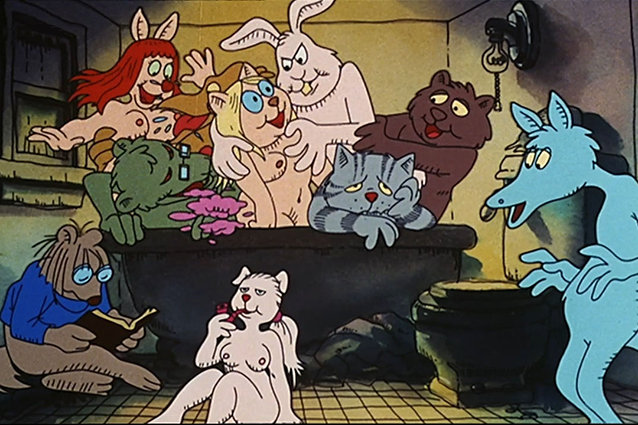
Animation Gets Mice...Computer Mice, That Is
Throughout the 1980s, Disney
started using computers to animate scenes in hand-drawn films like The Black Cauldron and, especially, The Great Mouse Detective. Basically, computers were used to wire-frame complex scenes like the climactic Big Ben showdown in Mouse Detective, and then animators would paint over the computer models. The first step on the road to Toy Story.
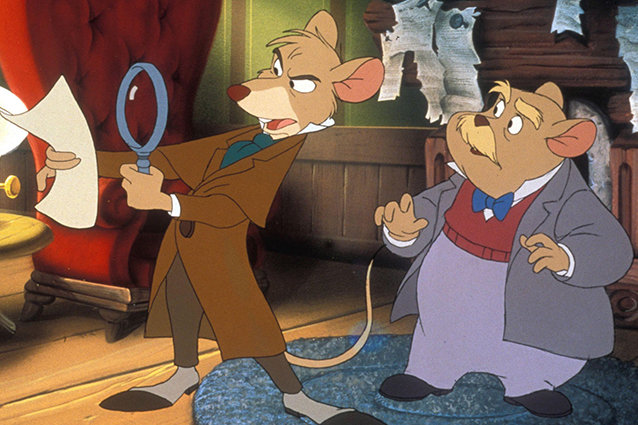
Japan Breaks Through
Japan emerged on animation's world stage in the 1980s in a big way. Hayao Miyazaki's Castle in the Sky, My Neighbor Totoro, and Kiki's Delivery Service, with their wide-eyed and wider-mouthed characters, pretty much charmed anyone who saw them. And Isao Takahata's Grave of the Fireflies is arguably one of the most moving war movies ever made.
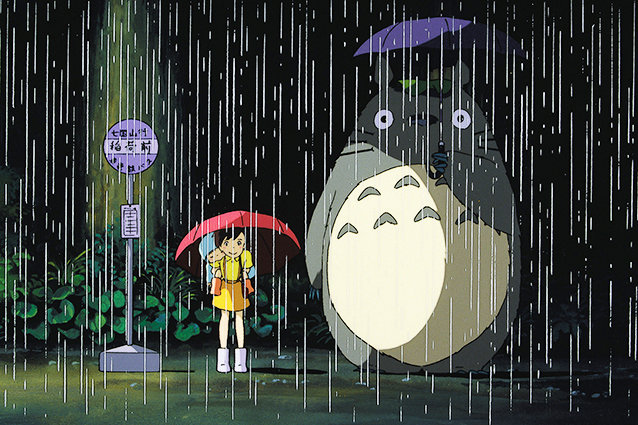
The Disney Musical Renaissance
After a couple decades of
uncertainty as to what the Disney brand should be, the Mouse struck back
in a big way, digging back into their fairy-tale roots with films like The Little Mermaid, Beauty and the Beast, Aladdin, and The Lion King, that were also showstopping, Broadway-caliber musical extravaganzas.

Pixar Is Universal...And Universally Beloved
In 1995, Toy Story
changed the game. It wasn't just a breakthrough — it was the first
feature-length computer animated film — it was also incredible
storytelling with lovable characters. It began the reputation for
quality that its studio, Pixar, holds to this day, because of movies
like Finding Nemo, The Incredibles, Ratatouille, WALL-E, Up, and now Monsters University.

No comments:
Post a Comment